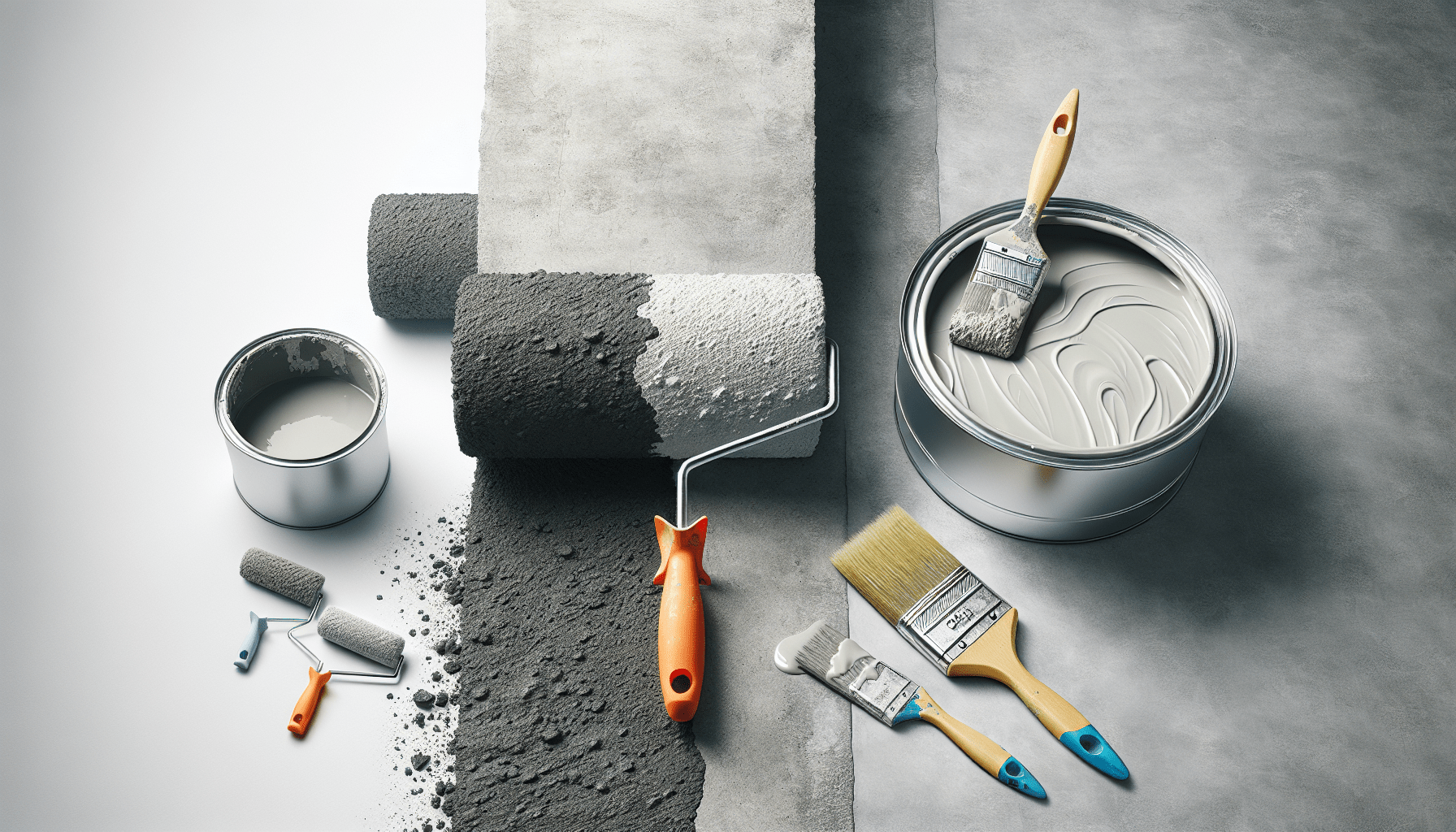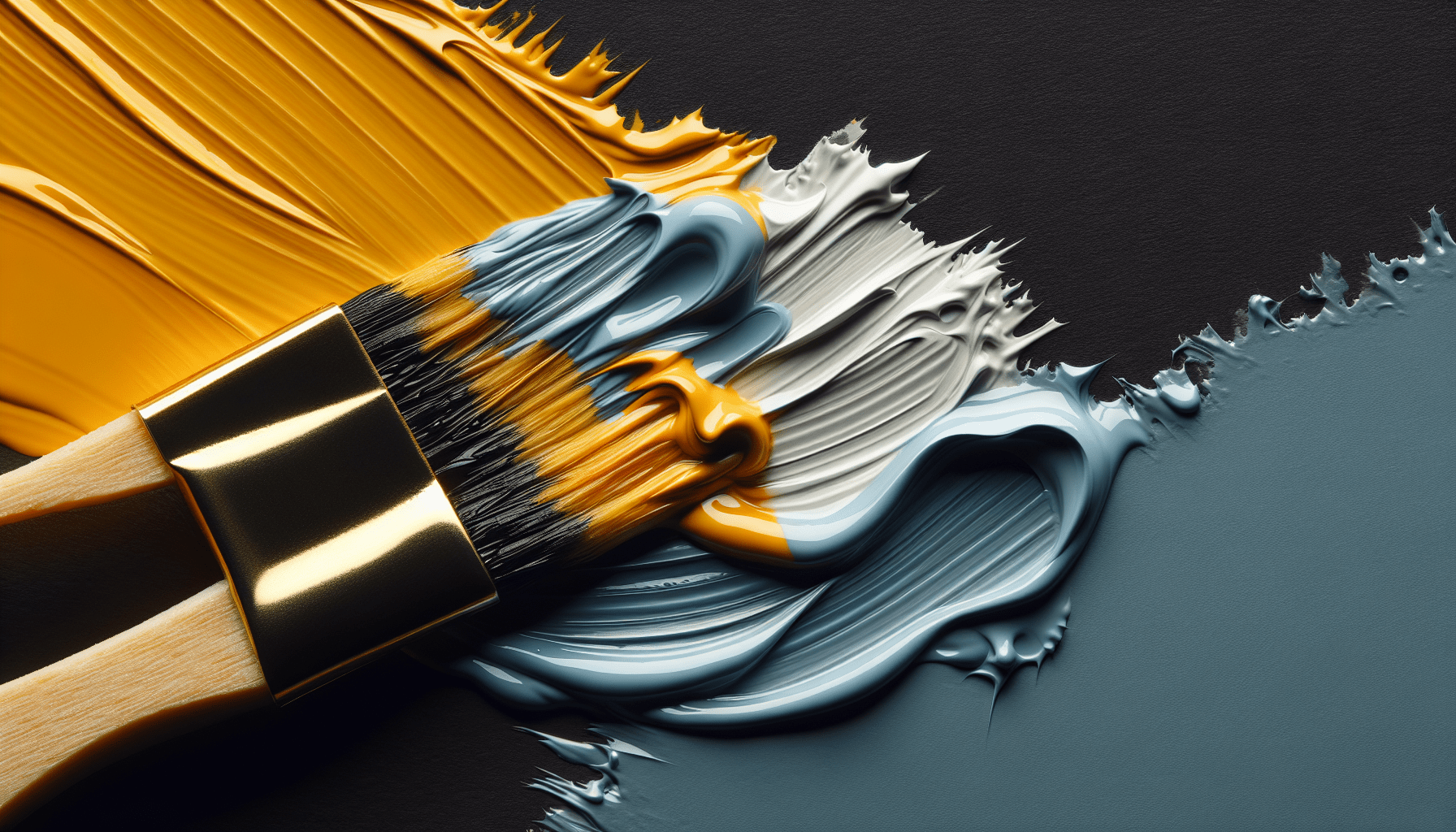The article explores the question of whether or not it is possible to paint over chalk paint with latex paint. It delves into the differences between these two types of paint and provides insights into the challenges and considerations involved in such a process. By addressing this common query, the article aims to equip readers with the knowledge and understanding necessary to make an informed decision regarding their painting projects.
Can You Paint Over Chalk Paint with Latex Paint
When it comes to repainting surfaces that have been previously painted with chalk paint, many individuals wonder if it is possible to paint over it with latex paint. Chalk paint has gained popularity due to its unique matte finish and ability to adhere to most surfaces without the need for extensive prep work. On the other hand, latex paint is known for its versatility and durability. In this article, we will explore whether it is possible to paint over chalk paint with latex paint, the preparation required, and potential issues that may arise during the process.

What is Chalk Paint?
Chalk paint is a type of paint that was initially developed by Annie Sloan in 1990. It is a water-based paint that contains calcium carbonate, which gives it a soft, velvety matte finish. One of the significant advantages of chalk paint is its ability to adhere to various surfaces, including wood, metal, plastic, and even previously painted surfaces, without the need for extensive sanding or priming. This makes it an attractive option for individuals looking to renovate furniture or give a new lease of life to outdated pieces.
Characteristics of Chalk Paint
Chalk paint has several distinctive characteristics that make it a popular choice for many DIY enthusiasts. Firstly, it dries quickly, allowing for efficient completion of projects. Additionally, it has excellent coverage, often requiring only one or two coats to achieve the desired opaque finish. Chalk paint also has a porous nature, allowing it to absorb and hold liquid, which makes it an ideal base for various decorative techniques, such as distressing or antiquing.
What is Latex Paint?
Latex paint, also known as acrylic paint, is a water-based paint that contains synthetic polymers as its main binding agent. It is widely used in both residential and commercial settings due to its durability and versatility. Latex paint is available in various finishes, including flat, eggshell, satin, and semi-gloss, allowing individuals to choose the level of sheen that best suits their preferences and needs. It adheres well to most surfaces, making it suitable for a wide range of applications.
Characteristics of Latex Paint
Latex paint offers numerous advantages that contribute to its popularity in the realm of interior and exterior painting. Firstly, it dries relatively quickly, allowing for efficient use of time during projects. It also provides a strong adhesion to surfaces, ensuring that the paint remains intact for an extended period. Latex paint is known for its excellent color retention, meaning that it maintains its vibrancy and does not fade easily over time. Additionally, it is easy to clean, making it a practical choice for areas that may require frequent washing or scrubbing.

Preparation for Repainting with Latex Paint
Before repainting a surface previously painted with chalk paint, it is essential to prepare the area properly. Begin by inspecting the condition of the chalk paint. If there are any areas of flaking or peeling, gently scrape them off using a putty knife or sandpaper. It is also recommended to clean the surface thoroughly to remove any dirt, dust, or grease that may be present. This can be achieved by using a mild detergent and warm water solution. Allow the surface to dry completely before proceeding to the next steps.
Testing Compatibility of Chalk Paint and Latex Paint
To ensure that the chalk paint and latex paint are compatible, it is crucial to conduct a simple compatibility test. Choose a small inconspicuous area of the painted surface, and apply a small amount of latex paint over the chalk paint. Allow it to dry and observe the results. If the paint adheres well and does not show any signs of peeling or flaking, it generally indicates that the two paints are compatible. However, if the latex paint does not adhere properly or causes the chalk paint to lift, it may be necessary to consider alternative options such as sanding or priming.
Steps to Paint Over Chalk Paint with Latex Paint
Once you have confirmed the compatibility of the chalk paint and latex paint, you can proceed with the repainting process. Here are the steps to paint over chalk paint with latex paint:
-
Clean the surface: Begin by cleaning the surface using a mild detergent and warm water solution. Rinse thoroughly and allow it to dry completely.
-
Lightly sand the surface: Gently sand the surface with fine-grit sandpaper to create a smooth and slightly rough texture, ensuring better adhesion for the latex paint.
-
Clean again: After sanding, clean the surface once again to remove any sanding dust or debris that may have accumulated.
-
Apply a primer (optional): Depending on the desired finish, you may choose to apply a primer before applying the latex paint. A primer can help enhance adhesion and create a more uniform surface.
-
Apply latex paint: Using a high-quality brush or roller, apply a thin and even coat of latex paint over the chalk paint. Allow it to dry according to the manufacturer’s instructions.
-
Apply additional coats (if necessary): Depending on the desired opacity and coverage, apply additional coats of latex paint as needed. Allow sufficient drying time between each coat.
-
Finishing touches: Once the final coat is dry, inspect the surface for any imperfections or uneven areas. Touch up any missed spots or apply a clear protective topcoat if desired.
Tips for Successful Repainting
To ensure a successful repainting project, here are some additional tips to keep in mind:
-
Choose the right type of latex paint: Consider the specific requirements of your project and select the appropriate type of latex paint, such as interior or exterior paint, based on your needs.
-
Use high-quality tools: Invest in high-quality brushes or rollers to ensure a smooth and even application of the latex paint.
-
Allow sufficient drying time: Follow the manufacturer’s instructions regarding drying time between coats and for the final curing of the paint.
-
Consider a sealant: If you anticipate heavy use or exposure to moisture, consider applying a clear protective topcoat or sealant to enhance the durability of the latex paint.
Potential Issues and Solutions
While painting over chalk paint with latex paint is generally a straightforward process, there are a few potential issues that may arise. These include poor adhesion, uneven coverage, and color bleed. To address these issues:
-
Poor adhesion: If the latex paint does not adhere properly to the chalk paint, consider lightly sanding the surface to create better adhesion, or apply a primer before using the latex paint.
-
Uneven coverage: If the latex paint does not provide adequate coverage, ensure that each coat is applied evenly and with proper technique. Apply additional coats as needed, allowing sufficient drying time between each.
-
Color bleed: If the chalk paint begins to bleed through the latex paint, apply a stain-blocking primer before repainting to prevent any color discoloration.
Conclusion
In conclusion, it is indeed possible to paint over chalk paint with latex paint, provided that proper preparation and compatibility testing are conducted. Chalk paint offers a unique matte finish and excellent adhesion, while latex paint provides versatility and durability. By following the recommended steps and tips, you can successfully achieve a fresh and updated look for your furniture or other painted surfaces. Remember to test compatibility, clean and prepare the surface, and apply the latex paint with care for optimal results.



